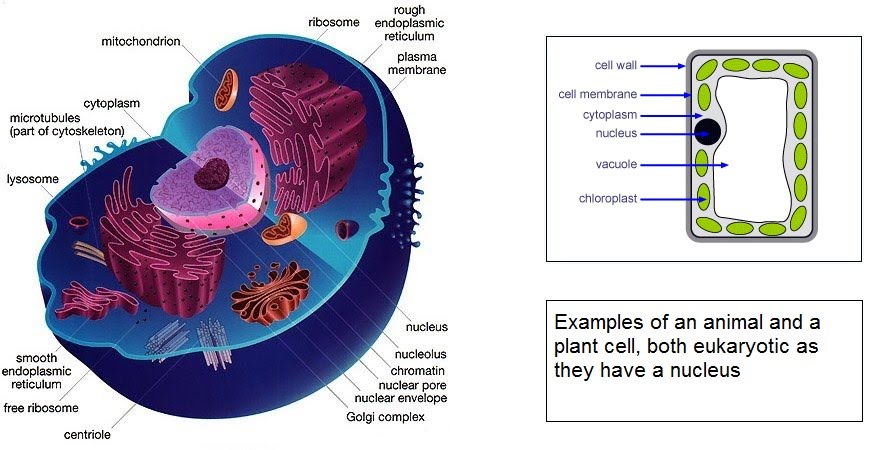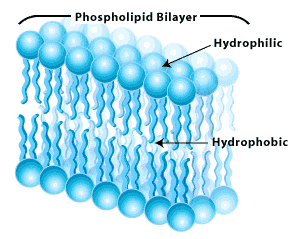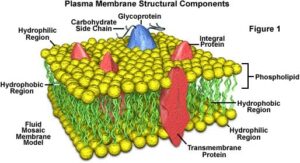The core components of cells
Cell-surface membrane
Nucleus
Mitochondria
Chloroplasts
Golgi apparatus and Golgi vesicles
Lysosomes
Ribosomes
Rough endoplasmic reticulum and smooth endoplasmic reticulum
Cell wall (plants, algae, fungi)
Cell vacuole (plants)
The core components of cells
The core components of cells are the outer membrane , the cytoplasm (substance inside which contains all other stuff) and the nucleus (contains DNA). All the other stuff is made up of various components with specific functions – these are called organelles.

The ones you must know about are:
Cell-surface membrane
Nucleus
Mitochondria
Chloroplasts (plants and algae)
Golgi apparatus and Golgi vesicles
Lysosomes
Ribosomes
Rough endoplasmic reticulum and smooth endoplasmic reticulum
Cell wall (plants, algae, fungi)
Cell vacuole (plants)
In complex multicellular organisms, eukaryotic cells are specialised and therefore organised accordingly into tissues, organs and systems. For example, a small intestine epithelial cell which absorbs nutrients from food is part of the epithelium tissue of the small intestine organ of the digestive system.
Cell-surface membrane
Plasma membrane = thin boundary between cell and environment
It is made of a phospholipid bilayer, and its function is to control what passes through the cell. Membranes are also found in other organelles such as the nucleus and mitochondria.
Armed with our knowledge of lipids, as well as carbohydrates and proteins, we can explore the structure of plasma membranes, specifically in the context of the fluid-mosaic model. Phospholipids have a hydrophilic (water loving) head, and hydrophobic (water repelling) tails. This results in the formation of a phospholipid bilayer (double layer), which forms the basis for the plasma membrane.

The name of fluid-mosaic model comes from:
Fluid = the arrangement of proteins contained in the membrane is always changing.
Mosaic = the proteins present are spread around in a mosaic-like fashion.

It’s pretty isn’t it? The proteins are crucial to cell communication as well as the selective permeability of the membrane. The glycoproteins’ (sugars/carbohydrates attached to a protein) side chains act as receptors. Lipid soluble stuff such as vitamins A, D and K, as well as oxygen and carbon dioxide, can pass freely though the membrane.
It’s also important to understand the role of microvilli. These are elongations of plasma membrane which increase the surface area available for reaction or absorption.
Nucleus
Usually it is the large rounded organelle in a cell. It has a double membrane with many pores through which materials can pass. Each cell normally has one nucleus…
